This Wednesday the Pole Barn Guru answers reader questions about the feasibility of building in northern Japan, the possibility of raising an existing post frame building, what the best treatment for in-ground use on columns would be, and if post protectors are needed.
DEAR POLE BARN GURU: I’m currently evaluating the feasibility of building a residential pole barn in northern Japan, and I was wondering if you have any resources, anecdotes, warnings, or recommendations as I begin my research – especially information that would be difficult to find on Youtube (I’m gobbling up everything I can find RE visas, land purchasing, etc). I’m a US citizen with a budget of $250,000 USD cash, familiar with the countryside but have never lived there. Thank you. MICK in ST. PAUL
DEAR MICK: If my Uncle Neil were still alive, we could pick his brain, as he built extensively in Japan (https://www.hansenpolebuildings.com/2018/05/japan-and-hansen-pole-buildings/).
In reading through Japan’s importation requirements for lumber (https://apps.fas.usda.gov/newgainapi/api/Report/DownloadReportByFileName?fileName=Import%20Regulations%20and%20Standards%20for%20Wood%20Products_Tokyo_Japan_12-23-2019), I believe what we typically provide will be acceptable as it is all dried and heat treated. For export, we would normally deliver to Port of Tacoma, to be loaded into a container for transport.
Japan’s building code has strict limitations on deflection due to seismic forces, however we are used to engineering for Seismic Zone E in California, so unless you will be building a very tall building, or multi stories, I do not see this as being an insurmountable hurdle.
DEAR POLE BARN GURU: Good afternoon. I have a 60′ x 120′ pole building with sand/gravel floors. The truss height is 12′. The barn was originally constructed for a riding arena and horse stable. The roof is shingled. I live in mid-Michigan.
The reason I am writing is I wondered if your company ever raises pole buildings…ideally I would like mine raised by 2′ so the ceiling height is 14′. If you don’t do that kind of work do you have anyone you recommend I contact?
Thanks! MICHAEL in MICHIGAN
DEAR MICHAEL: 12′ would have made for a very short riding arena. We are not contractors, so raising a building would be outside of our wheelhouse, and frankly – very few contractors would be willing to take on a risk such as this. You might reach out to firms specializing in building moving, as they have equipment allowing them to support entire buildings and lift them. In any case, we would strongly advise (as in definitely) any such repair to be done only to specifications designed by a Registered Professional Engineer.
DEAR POLE BARN GURU: What is the better treatment for 6×6 going into the ground or basically what is the best grade post for ground contact and should post protectors be used? BILL in CHESTER
 DEAR BILL: Building Codes require any structural in ground wood to be treated to UC-4B specifications. Sadly, your big box stores and most lumberyards do not have adequately treated wood in stock and have to special order it. We would recommend using true glulaminated columns, rather than solid sawn, as they are straighter, stronger, lighter than 6×6 and each 2×6 ply has been treated completely through. Hansen Pole Buildings can provide these as part of your fully engineered building package. As for post protectors, even though properly pressure preservative treated wood should outlast anyone alive on our planet today, if it gives you a greater degree of comfort to utilize them, we can also provide them.
DEAR BILL: Building Codes require any structural in ground wood to be treated to UC-4B specifications. Sadly, your big box stores and most lumberyards do not have adequately treated wood in stock and have to special order it. We would recommend using true glulaminated columns, rather than solid sawn, as they are straighter, stronger, lighter than 6×6 and each 2×6 ply has been treated completely through. Hansen Pole Buildings can provide these as part of your fully engineered building package. As for post protectors, even though properly pressure preservative treated wood should outlast anyone alive on our planet today, if it gives you a greater degree of comfort to utilize them, we can also provide them.
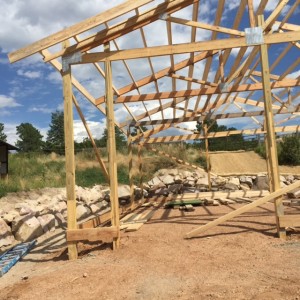 DEAR POLE BARN GURU: If you put couple of the laminated post too deep on an end wall can they be added upon to make them work and still be strong enough? A stupid rookie mistake on me. ALAN in KELSO
DEAR POLE BARN GURU: If you put couple of the laminated post too deep on an end wall can they be added upon to make them work and still be strong enough? A stupid rookie mistake on me. ALAN in KELSO 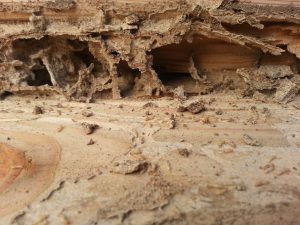 DEAR JAVO: I have, for better or worse, always lived in pretty much “The Great White North”, where termites are never a problem. In termite prone locales, pre-construction treatment is obviously a best case scenario (for extended reading:
DEAR JAVO: I have, for better or worse, always lived in pretty much “The Great White North”, where termites are never a problem. In termite prone locales, pre-construction treatment is obviously a best case scenario (for extended reading:  DEAR POLE BARN GURU: I am building a post frame pole barn with half walls to store an RV. I am planning on using 6×6 UC4B (CCA) posts suspended in a concrete footing/collar. They bottoms of the posts (gravel floor) will be exposed to weather (North Alabama) during blowing rain. My question is would a post protector or post sleeve be necessary or beneficial to protect against rot? And if so would a post protector need a weep hole with washed stone in this scenario? BENJAMIN in CHEROKEE
DEAR POLE BARN GURU: I am building a post frame pole barn with half walls to store an RV. I am planning on using 6×6 UC4B (CCA) posts suspended in a concrete footing/collar. They bottoms of the posts (gravel floor) will be exposed to weather (North Alabama) during blowing rain. My question is would a post protector or post sleeve be necessary or beneficial to protect against rot? And if so would a post protector need a weep hole with washed stone in this scenario? BENJAMIN in CHEROKEE 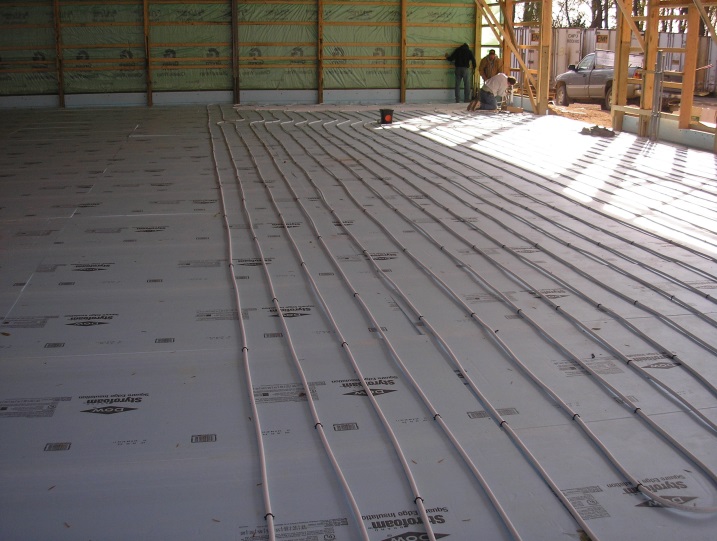
 DEAR DANIEL: Your premature decay of fence posts has nothing to do with how fast lumber grows – it is them not being pressure preservative treated to UC-4B levels. All of our fully engineered post frame (pole barn) buildings utilize this level of pressure treating and it performs admirably. If you are yet concerned, there are options available such as plastic column sleeves, or pouring piers with wet set brackets to keep columns out of ground entirely.
DEAR DANIEL: Your premature decay of fence posts has nothing to do with how fast lumber grows – it is them not being pressure preservative treated to UC-4B levels. All of our fully engineered post frame (pole barn) buildings utilize this level of pressure treating and it performs admirably. If you are yet concerned, there are options available such as plastic column sleeves, or pouring piers with wet set brackets to keep columns out of ground entirely.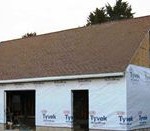 DEAR POLE BARN GURU: Concerning fastening house wrap, can you use button staples as recommended by house wrap companies? I didn’t know if the button would show through the tin. I don’t want to lose house wrap before tin would be up as we live in a very unpredictable and windy area but also don’t want button to show through tin if that’s a possibility. Thanks! ADAM in COLBY
DEAR POLE BARN GURU: Concerning fastening house wrap, can you use button staples as recommended by house wrap companies? I didn’t know if the button would show through the tin. I don’t want to lose house wrap before tin would be up as we live in a very unpredictable and windy area but also don’t want button to show through tin if that’s a possibility. Thanks! ADAM in COLBY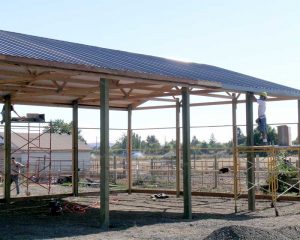
 DEAR TIFFANI: Our apologies for your frustrations. Challenges do occur when people are building shopping, they have reached out to so many parties – causing names, businesses and conversations to become jumbled.
DEAR TIFFANI: Our apologies for your frustrations. Challenges do occur when people are building shopping, they have reached out to so many parties – causing names, businesses and conversations to become jumbled.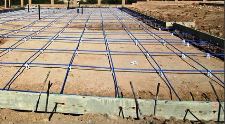 DEAR NICK:
DEAR NICK: 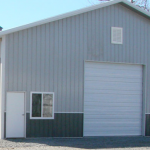 DEAR POLE BARN GURU: My dad has a 40 x 60 pole building. It has 18″ eaves but the soffits are non vented. The building also has no ridge vent. He has not had any moisture issues but is looking to add gable vents as a means to get rid of fumes from occasional painting and or welding. The building is open with no closed attic space. Is there any issues with adding gable vents for this purpose? BILL in COEUR d’ALENE
DEAR POLE BARN GURU: My dad has a 40 x 60 pole building. It has 18″ eaves but the soffits are non vented. The building also has no ridge vent. He has not had any moisture issues but is looking to add gable vents as a means to get rid of fumes from occasional painting and or welding. The building is open with no closed attic space. Is there any issues with adding gable vents for this purpose? BILL in COEUR d’ALENE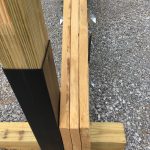 DEAR LINDA:
DEAR LINDA:  DEAR POLE BARN GURU:
DEAR POLE BARN GURU: 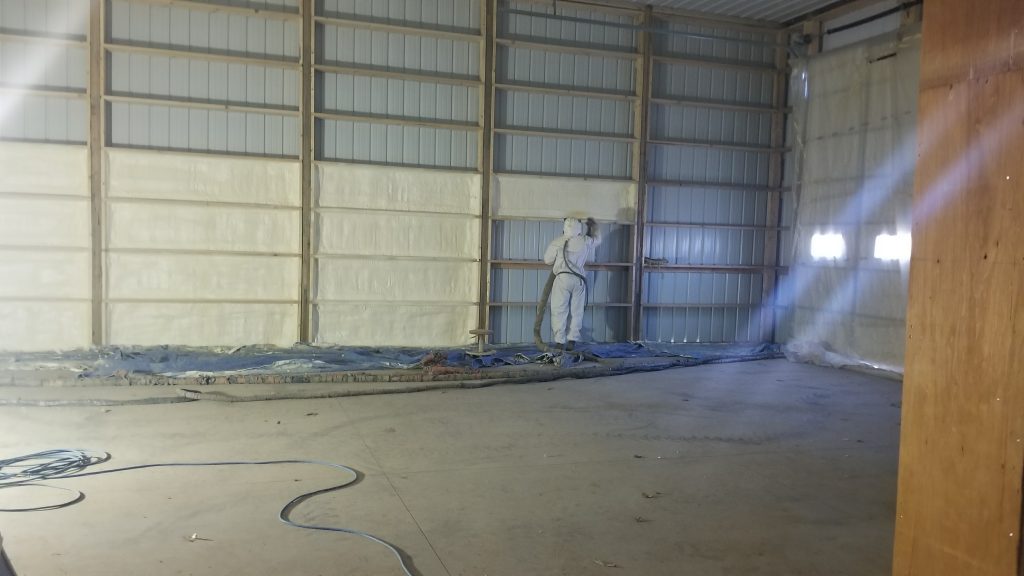
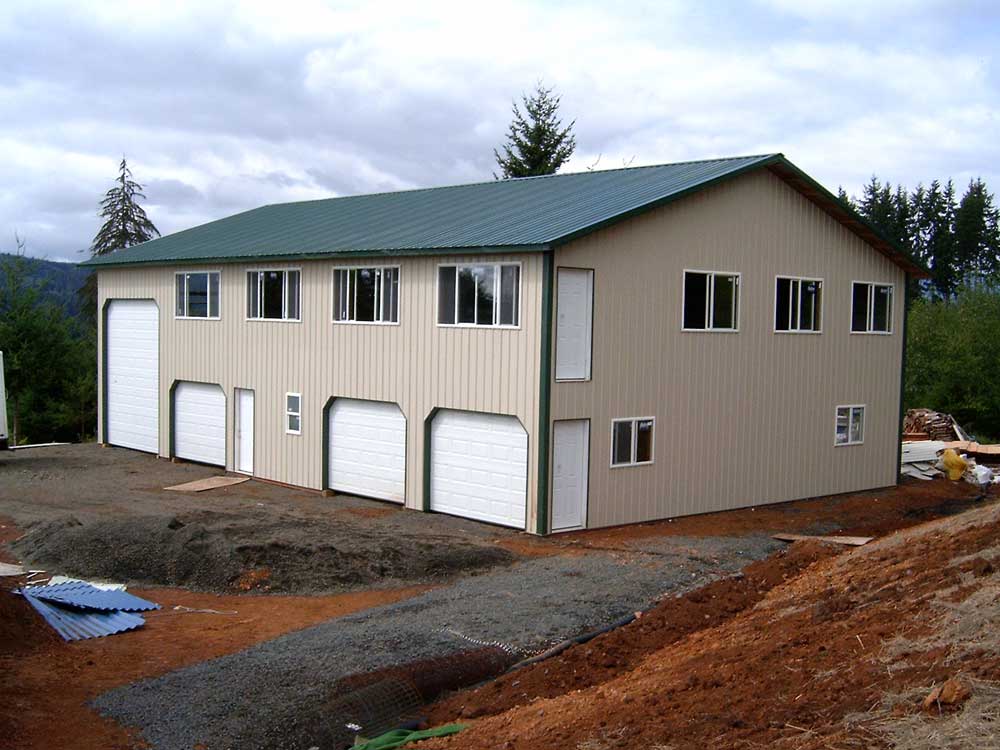
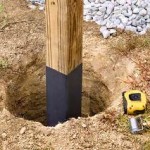 DEAR POLE BARN GURU:
DEAR POLE BARN GURU: 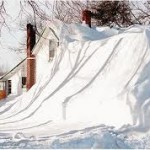 DEAR POLE BARN GURU: We are in an area of 120 – 150 snow load in the mountains of MT and want to error on the 150 load side when building our shed. The shed plan is 30×70 (2 RV doors) on the 30 side) with a 15×70 enclosed lean to (car garage door on the 15 side) that will have a car garage, workshop and storage room. Can we do a pole building with this size of shed and snow load or do we have to go stick built? KIM in BIGFORK
DEAR POLE BARN GURU: We are in an area of 120 – 150 snow load in the mountains of MT and want to error on the 150 load side when building our shed. The shed plan is 30×70 (2 RV doors) on the 30 side) with a 15×70 enclosed lean to (car garage door on the 15 side) that will have a car garage, workshop and storage room. Can we do a pole building with this size of shed and snow load or do we have to go stick built? KIM in BIGFORK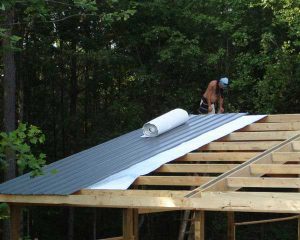 DEAR BRAD: You want to avoid trapping water between Radiant Reflective Barrier and roof steel, as it can lead to premature deterioration of roof steel.
DEAR BRAD: You want to avoid trapping water between Radiant Reflective Barrier and roof steel, as it can lead to premature deterioration of roof steel.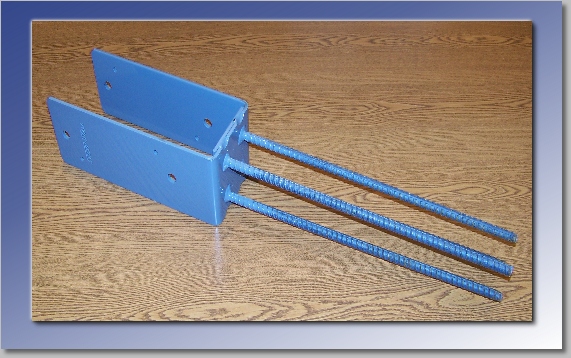
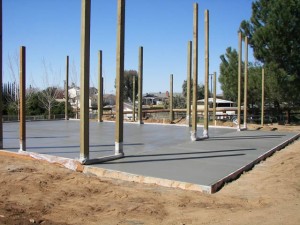 DEAR MIKE: I will give you my answers however prior to implementation of anything I advise, you need to be contacting the RDP (Registered Design Professional – architect or engineer) who designed your building and sealed the plans to get his or her approval.
DEAR MIKE: I will give you my answers however prior to implementation of anything I advise, you need to be contacting the RDP (Registered Design Professional – architect or engineer) who designed your building and sealed the plans to get his or her approval.





